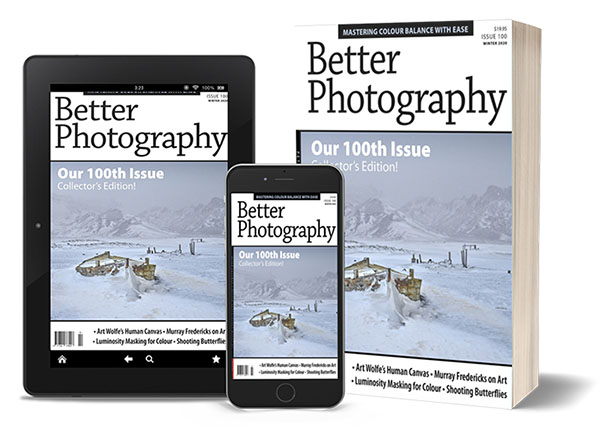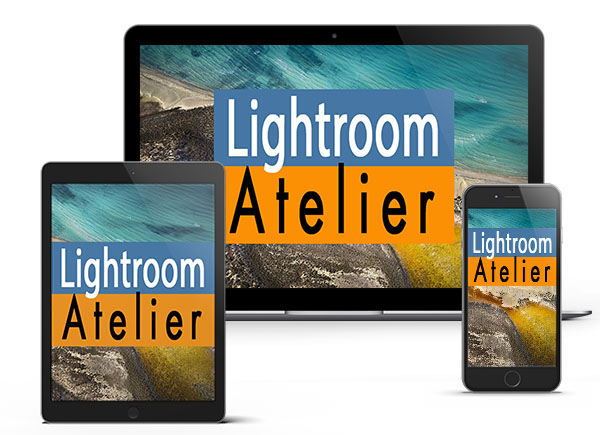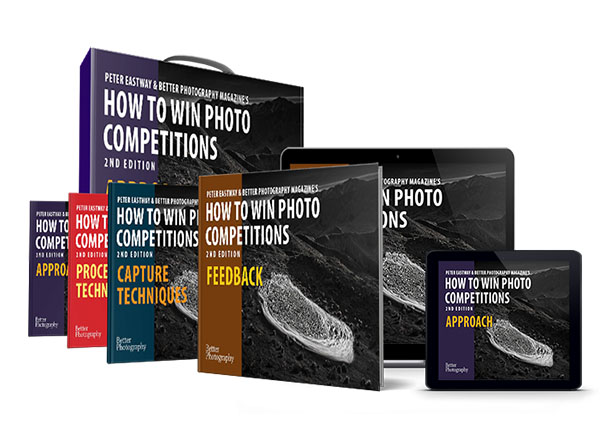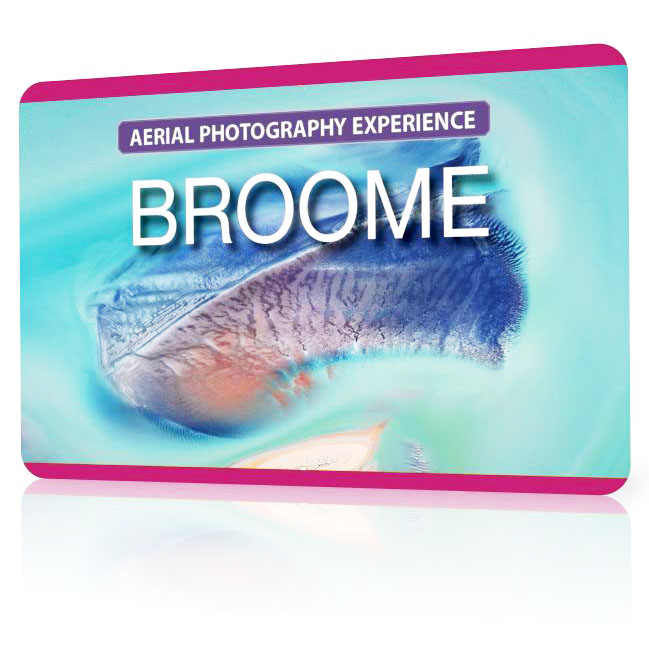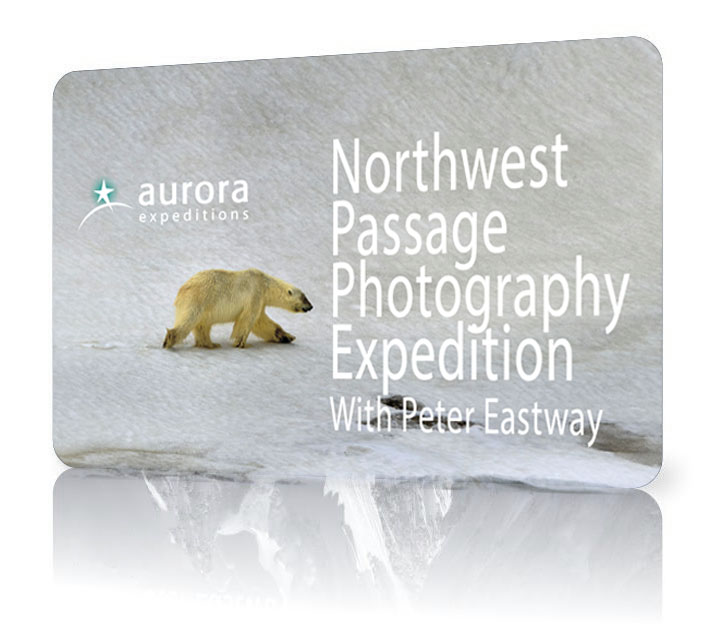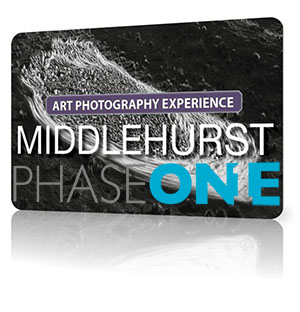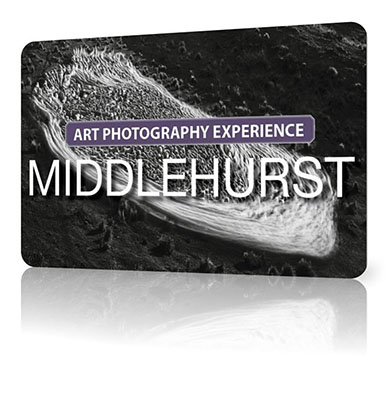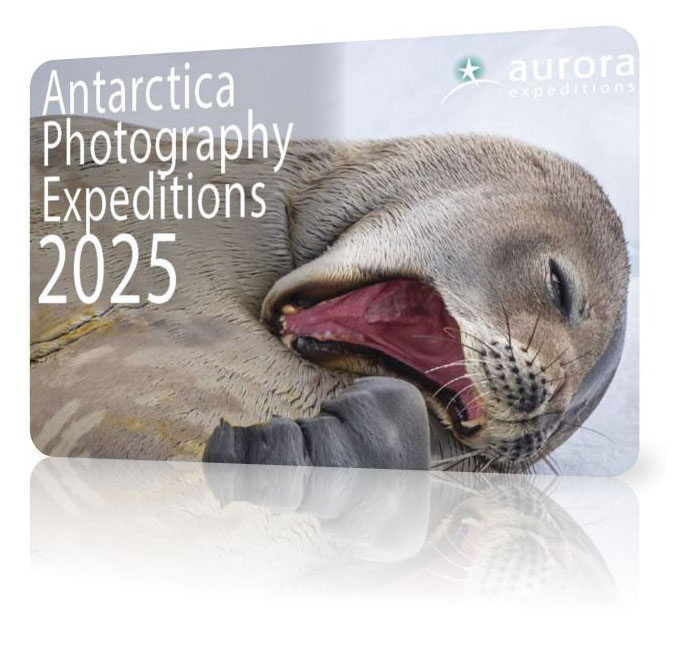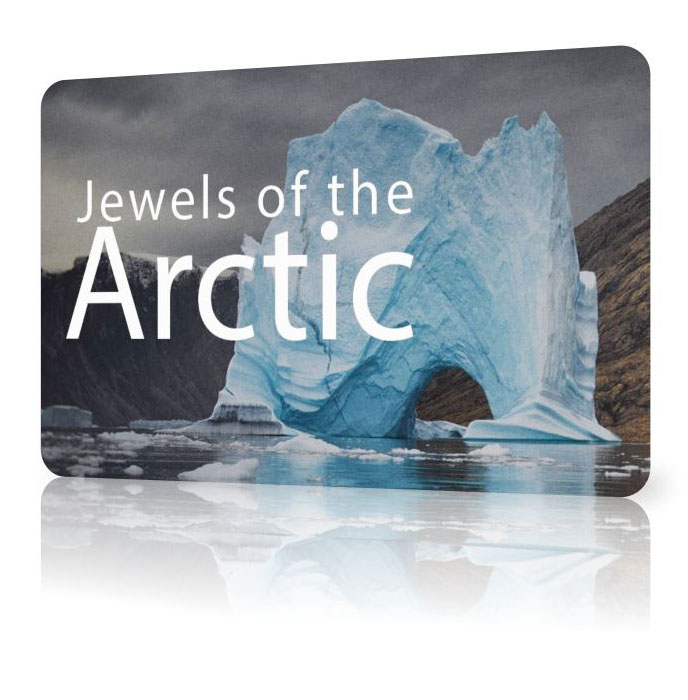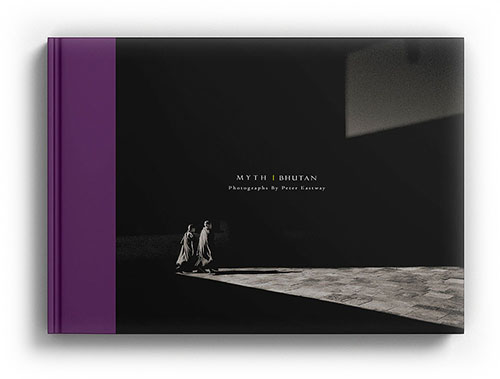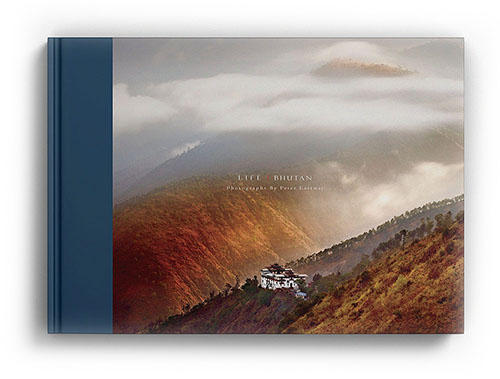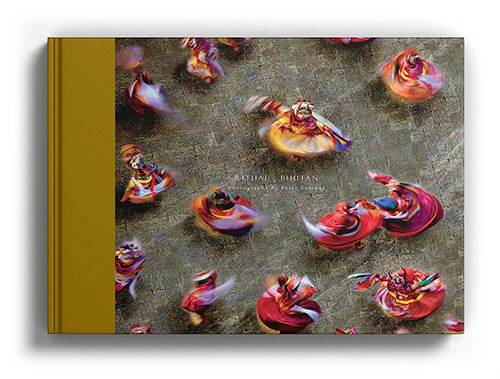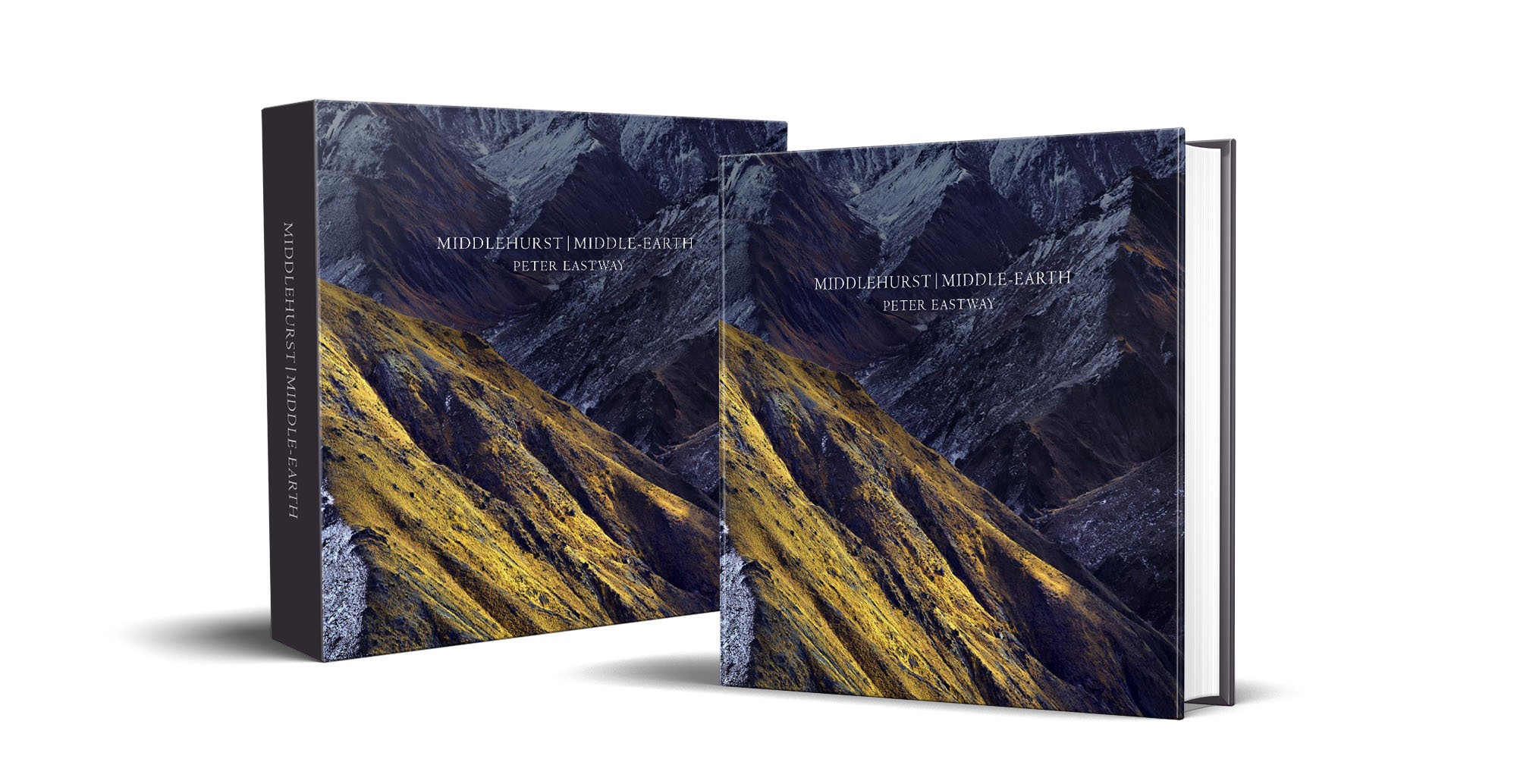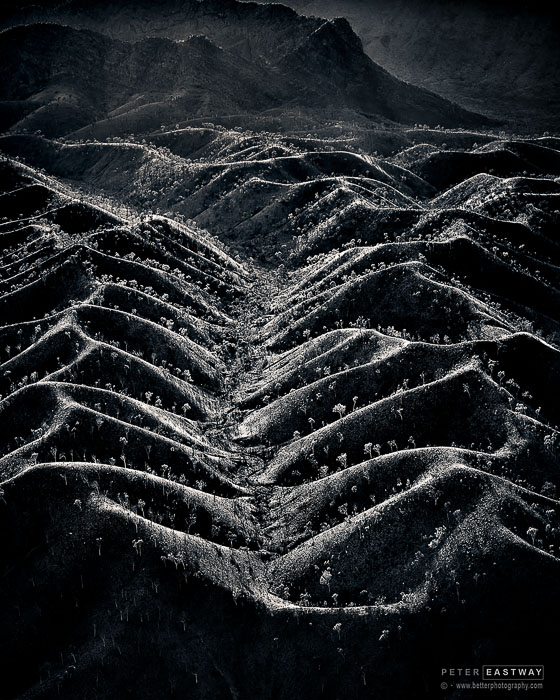Ragged Ranges, Kununurra
Phase One XF 150MP, 110mm Schneider lens, f2.8 @ 1/2000 second, ISO 50.
My approach to travel photography is to keep things simple. Not using filters means I can react quickly (not fumble around looking for a filter) and I can also adjust my images in post-production, so I don’t find myself needing much in the way of filters for travel photography.
Having said that, a UV or Skylight filter can be helpful as a protective filter. Both the UV and Skylight filters make next to no difference to your exposures and were more a solution for film photographers wanting to avoid too much blue in their exposures. Many photographers would leave them on their lenses permanently and they have become a de facto filter which the camera store will sell you when purchasing a new lens. So, while I would suggest they won’t improve your exposures, the protective attributes are certainly worthwhile as it’s much cheaper to replace a scratched filter than a scratched front lens element.
One filter that can do things that post-production can’t is the polarising filter. I usually take one with me on trips as it can be very useful for emphasising or reducing reflections. If you’re shooting water, a polariser can let you look below the water surface, or through a store window without reflections. I rarely use a polariser for darkening blue skies, especially not with wide-angle lenses, as the darkening effect is not uniform and you end up with uneven transition effects.
Neutral density filters, on the other hand, are useful. If you use a wide aperture lens, an ND filter can reduce the light so you can still shoot wide open in bright sunshine (normally you have to close your lens down a few stops to ensure correct exposure). And stronger ND filters can be used along with a tripod to blur the sea and clouds – so there’s always a spot for a couple of ND filters in my travel kit.

